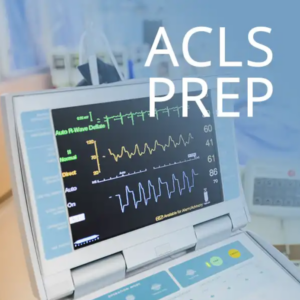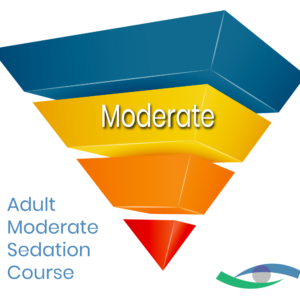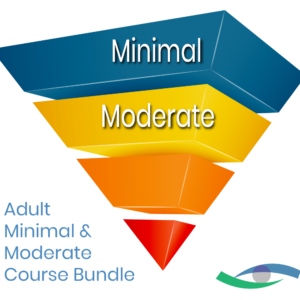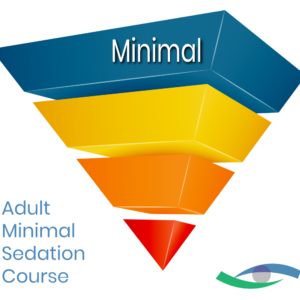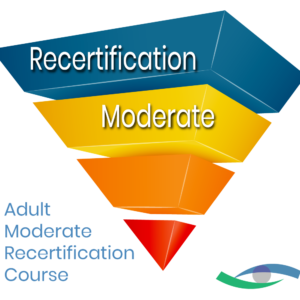As more specialties move treatments from operating rooms into outpatient clinics, the demand for safe and effective sedation in medical procedures has grown rapidly. For dermatologists, dentists, gastroenterologists, plastic surgeons, and other non-operating room healthcare professionals, understanding how to provide the right level of sedation can mean the difference between a smooth experience and a stressful one for providers and patients alike. Explore the types of sedation typically used outside the hospital, what makes them safe, and how to explain these practices correctly to your patients.
Minimal vs. Moderate Sedation
Sedation is best thought of as a spectrum. On one end is minimal sedation, where patients are calm but fully alert. A little further along the scale is moderate sedation, and beyond that is deep sedation, which nears unconsciousness. Most outpatient procedures fall within the minimal to moderate sedation range, with deep sedation reserved for more complex or invasive hospital room procedures.
Minimal sedation is typically administered via IV. The patient stays fully awake and responsive but feels relaxed. It’s used during short, low-pain procedures, such as dental cleanings or minor dermatological treatments.
Moderate sedation, also known as conscious sedation, induces a deeper state of calm, often with little to no memory of the procedure. The patient may appear sleepy but can respond to verbal commands or light physical stimulation. This is commonly used for longer or more involved procedures, such as colonoscopies, minor cosmetic procedures, and endoscopic exams.
Both levels preserve protective reflexes and spontaneous breathing, which is why they’re ideal for in-office care. However, providers must understand that sedation is dynamic, and patients can slide deeper than intended, especially if they’ve taken other substances or medications beforehand.
What Safe Sedation Looks Like
Patients often ask if sedation is dangerous. They want assurance that their experience will go smoothly and safely without complications or unexpected side effects. Providers should be ready with clear, confident answers about what makes sedation reliable in the hands of trained professionals:
- Pre-procedure screening: Assure the patient that every sedation plan begins with a review of medications, medical history, allergies, and drug or alcohol use. Patients will leave the screening understanding what substances to avoid and what medications to adjust before the procedure.
- Continuous monitoring: Vital signs, responsiveness, and breathing are observed constantly to spot a transition into a deeper level of sedation before it becomes a problem.
- Readiness for deeper sedation: Even when minimal or moderate sedation is planned, the provider must be prepared to manage deep sedation if it occurs unintentionally.
- Emergency equipment and training: Restricted airways and complications are rare, but prepared providers have the right tools and skills to manage them immediately when they occur.
Supporting Patient Comfort During Cosmetic Procedures
In aesthetic medicine, sedation is about patient safety and trust. People undergoing cosmetic treatments are typically healthy yet anxious about pain, visibility, or control during the procedure. The goal is to keep them relaxed yet responsive enough to keep things safe.
To achieve this balance, many providers combine moderate sedation with local anesthesia. This dual approach allows patients to remain semi-conscious with little to no discomfort or memory of the procedure. It’s effective and efficient, with fewer complications and faster recovery than deep sedation.
Here are some examples of safe sedation for cosmetic procedures:
- Local anesthesia with oral sedation is perfect for shorter procedures like dermal fillers, skin resurfacing, or minor excisions. Patients remain calm without impairing their awareness.
- IV moderate sedation is used for longer treatments like fat transfer, facial contouring, or hair transplants. It reduces anxiety while still allowing the patient to breathe unassisted.
- Combined sedation plans use a mix of medications and delivery methods based on the procedure and the patient’s anxiety level. This strategy works especially well in elective cosmetic settings, where managing anxiety is a big part of patient satisfaction.
Why Sedation Training Gaps are Concerning
Most clinicians learn about sedation only in passing. It may be mentioned in pharmacology courses or touched on briefly during clinical rotations, but most clinicians receive little to no formal training. As a result, non-hospital providers are often under-equipped to administer moderate sedation safely. This knowledge gap leads to a few consistent challenges:
- Lack of education: Minimal and moderate sedation are rarely taught as their own disciplines in medical, dental, or nursing school. Many providers are expected to oversee sedation protocols even if they have received no formal training.
- Limited airway skills: Certifications like Advanced Cardiac Life Support (ACLS) or Basic Life Support (BLS) do not cover airway management in the context of sedation. However, emergencies during moderate sedation often involve airway compromise, so real-world, sedation-specific training is a must.
- Overreliance on checklists: Without clinical judgment or hands-on practice, providers may feel prepared on paper but struggle to respond in a crisis. Safety depends on the provider’s ability to assess sedation depth, interpret subtle warning signs, and act fast when a patient’s condition begins to shift.
Safe Sedation Starts with Confident Providers
Sedation medications are effective, but they’re only as safe as the clinicians using them. That’s why the safety of sedation in medical procedures depends so heavily on provider education, experience, and preparation.
The most successful sedation providers are calm, observant, and able to adjust their strategy in response to the patient’s status. Such clinical judgment doesn’t come from a textbook—it comes from applied learning, real-world instruction, and maintaining high standards even in low-risk situations.
This Is Where We Come In
The National Sedation Center (NSC) was created to support providers looking to offer safe and effective sedation for medical procedures. We built our training programs specifically for professionals outside the hospital who perform in-office procedures requiring minimal or moderate sedation.
We saw that no centralized program existed to teach airway skills, patient monitoring, or sedation-specific pharmacology in a standardized way—so we created one. We’re the only organization with a nationwide instructor network for in-person skill verification, something online-only programs can’t provide. Once you complete a course, you’ll earn CE or CME credit, become eligible for certification, and be listed in the National Registry. If you’re ready to improve your sedation practice or want your team to get certified, contact us today or register for a course online.


